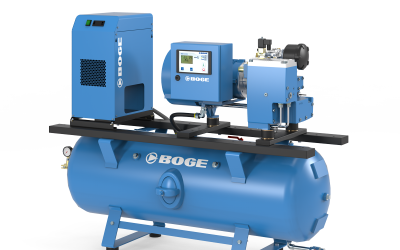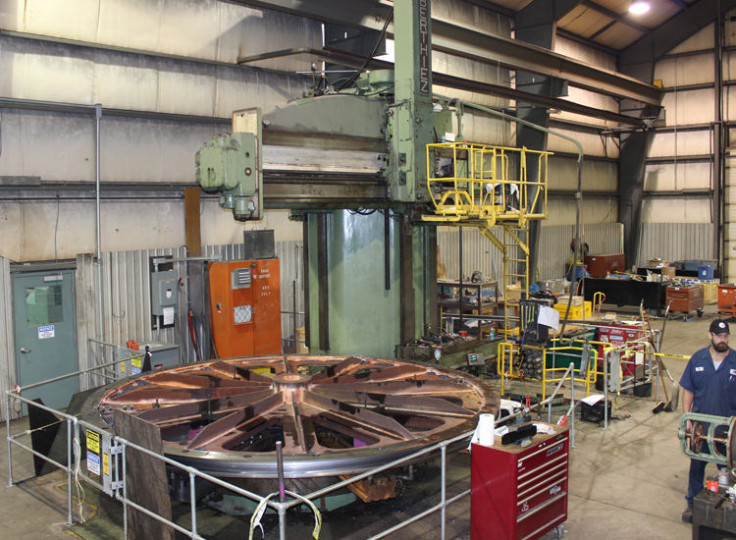Most companies know they must have an emergency response team, yet some haven’t set one up yet. It can be confusing and overwhelming, so we’ve tried to list a few things you should know to get yours up and running.
Who Can be on Your Response Team?
For most businesses, a volunteer emergency response team is sufficient. You may only need a few employee volunteers if your business is small. If you are in a large building, you may need ten or more. Any relatively, healthy employee can volunteer, or if you prefer, you can request certain people be on your team. If your business is on multiple floors, it is important to have someone from each level.
What Do Volunteers Do?
Volunteers are trained to help in case of emergencies. If there is a medical emergency, a member of your team assists until professionals arrive. For natural disasters, your team will step in to help assist with shelter-in-place if appropriate, or evacuation if necessary. Your team will also assist with search and rescue of lost employees. After evacuation, if an employee is missing, the team will search the building for missing employee.
Can My Team Take Care of All Emergencies?
There are several levels of teams, all based on the response teams training. The most basic are what we talked about earlier, the monitors first and then the search and rescue team. The next higher is emergency response team, with training in more in-depth training as the first two and fire control, basic medical training, and damage assessment. After this is medical emergency response team. These members are trained as non-professional first responders.
As you can see having an emergency response team is important and at its core is quite easy to incorporate into your business. We talked about some of the levels you can build up to, but there are other ones as well. For example, safety emergency response team and emergency medical technician are two others. For more help, please contact Code Red Safety.


